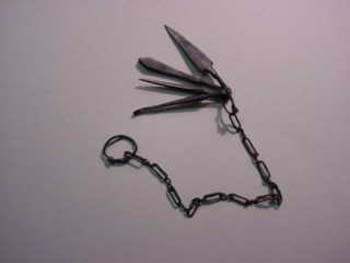Antique medicine |
||
Toiletry items (2) |
||
In the year 16 BC the Romans founded the city of Augusta Treverorum, today's Trier. In the second half of the third century Trier became a bishop. From 271 to 274 the city was the residence of the Gallo-Roman counter-emperor Tetricus I. In 286 AD. The Roman Empire fell into two parts, Trier became imperial residence for the Western Empire under Emperor Maximilianus. As a result of this revaluation began in Trier a brisk building activity, which was continued under Emperor Constantius Chlorus and reached its peak under Emperor Constantine. Et al several spas were built:
The purifying body bath belonged to the Roman everyday life. Then as now, black fingernails were considered a proof of lack of personal hygiene. Mourning margins under the nails testify to manual work. Since such was always regarded as a dishonor to people of rank, "clean" fingernails were from time immemorial an insignia of the higher social strata, "clean" nails were considered to be the sign of those who had achieved something: the intellectuals, clerics, etc .. Thus, we find appropriate instruments of cleaning to the utensils of the fine Romans who cared for their noble body in public bathing or in the private bath maintained.
|




